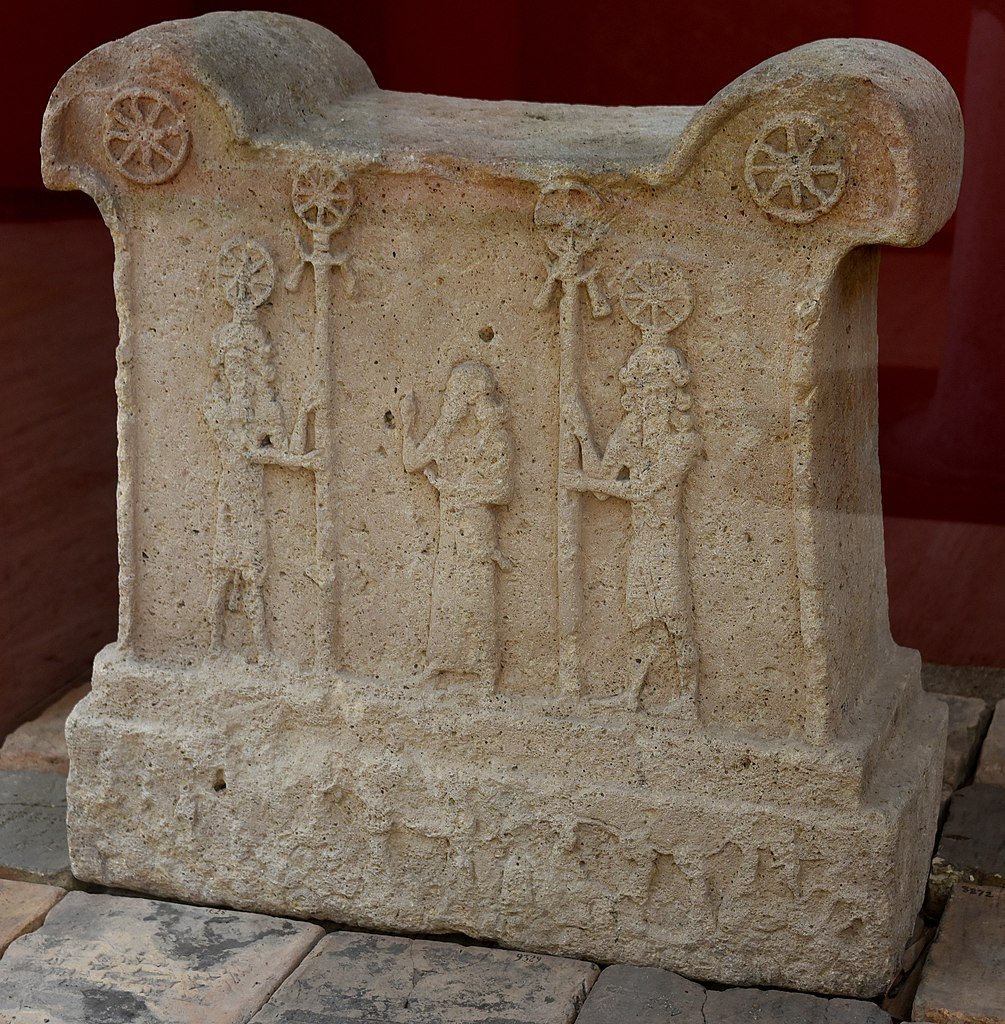

Most discussions about the real history of the ancient city of Troy explain the fact that this city appears in Bronze Age Hittite records. It appears that Troy, or “Wilusa,” as those records call it, was closely associated with the Hittite Empire. However, a much lesser-known fact about Troy is that it was allegedly ruled by the Assyrian Empire. What are the records that claim this, and are they backed up by the facts?
The earliest reference to any connection between Troy and the Assyrian Empire comes from Ctesias. He was a Greek writer who lived in the late-fifth to early-fourth centuries BCE. He wrote an account of the Assyrian Empire just after 400 BCE. This was after moving to the Middle East.
According to this account, there were thirty generations of kings who had successively ruled the Assyrian Empire. The first king was Ninus, who is almost certainly identifiable as the historical Tukulti-Ninurta I of the thirteenth century BCE.
Ctesias claimed that the king of Assyria who ruled at the time of the Trojan War came twenty-one generations later. His name was Teutamus. Diodorus Siculus, preserving Ctesias’ claims, wrote regarding Teutamus’ reign:
“And Priam, who was king of the Troad and a vassal of the king of the Assyrians…”
According to this record, King Priam of Troy was a vassal of the Assyrians. While this does not mean that Assyria ruled directly over Troy, it would mean that Troy was part of the Assyrian Empire.
Interestingly, Ctesias was not the only Greek writer to mention this supposed fact. Plato also made reference to it. He did this in Laws, written around the middle of the fourth century BCE. In one part of this dialogue, we find the following line:
“For since Troy was a part of the Assyrian empire, the second capture of Troy formed a grave charge against the Greeks.”
The ‘second capture of Troy’ refers to the Trojan War, with the first capture being that of Heracles in the time of Priam’s father. More importantly, this line directly states that Troy was a part of the Assyrian Empire at the time of that war.
The fact that this line is included without any explanation or hesitation suggests that this was not a controversial idea in the fourth century BCE. It is noteworthy that this is in the very century that Ctesias wrote. It seems likely that this legendary connection between Troy and Assyria fell into obscurity after this. Almost no subsequent Greek writers mentioned it.
In reality, the Assyrian Empire never reached as far as the Troad. The maximum extent of the empire only took it about two-thirds of the way through Anatolia. Nonetheless, that does not mean that there was no connection at all between Troy and the Assyrian Empire.
According to Homer, one of the allies of Troy was the kingdom of the Lydians. With this in mind, it is likely very significant that the Assyrians themselves were allies of the Lydians. Assyria never actually conquered Lydia, but there were close diplomatic ties between the two.
This close relationship appears to have begun in the reign of King Gyges of Lygia. In fact, on one occasion, this Lydian king requested help from the Assyrians because he was facing attacks from the Cimmerians. The Assyrians sent this help.
Ctesias claimed that the Assyrians sent support to Troy at the request of Priam. This record of the Assyrians sending support to the Lydians, who themselves were described by Homer to have been allies of Troy, appears to be the closest historical event to Ctesias’ account.
While it is true that this historical event occurred long after the traditional date for the Trojan War in the Late Bronze Age, Ctesias was clearly not describing Bronze Age events. The Assyrian Empire had barely come into existence by the traditional date of the Trojan War. It had no notable presence whatsoever in the western half of Anatolia until well into the Iron Age.
Therefore, it is clear that Ctesias’ account of the Assyrians and their relationship with Troy, if it is not complete fiction, comes from these Iron Age events, regardless of when the Trojan War actually happened.
In short, the Assyrian Empire never ruled Troy directly. However, the ancient Greeks believed that it did. The most likely origin for this legend is the close ties that Assyria had with Lydia, one of Troy’s allies in the Iliad. The fact that Assyria sent support to Lydia is likely the origin of Ctesias’ claim that the Assyrians had sent support to Troy during the Trojan War.
